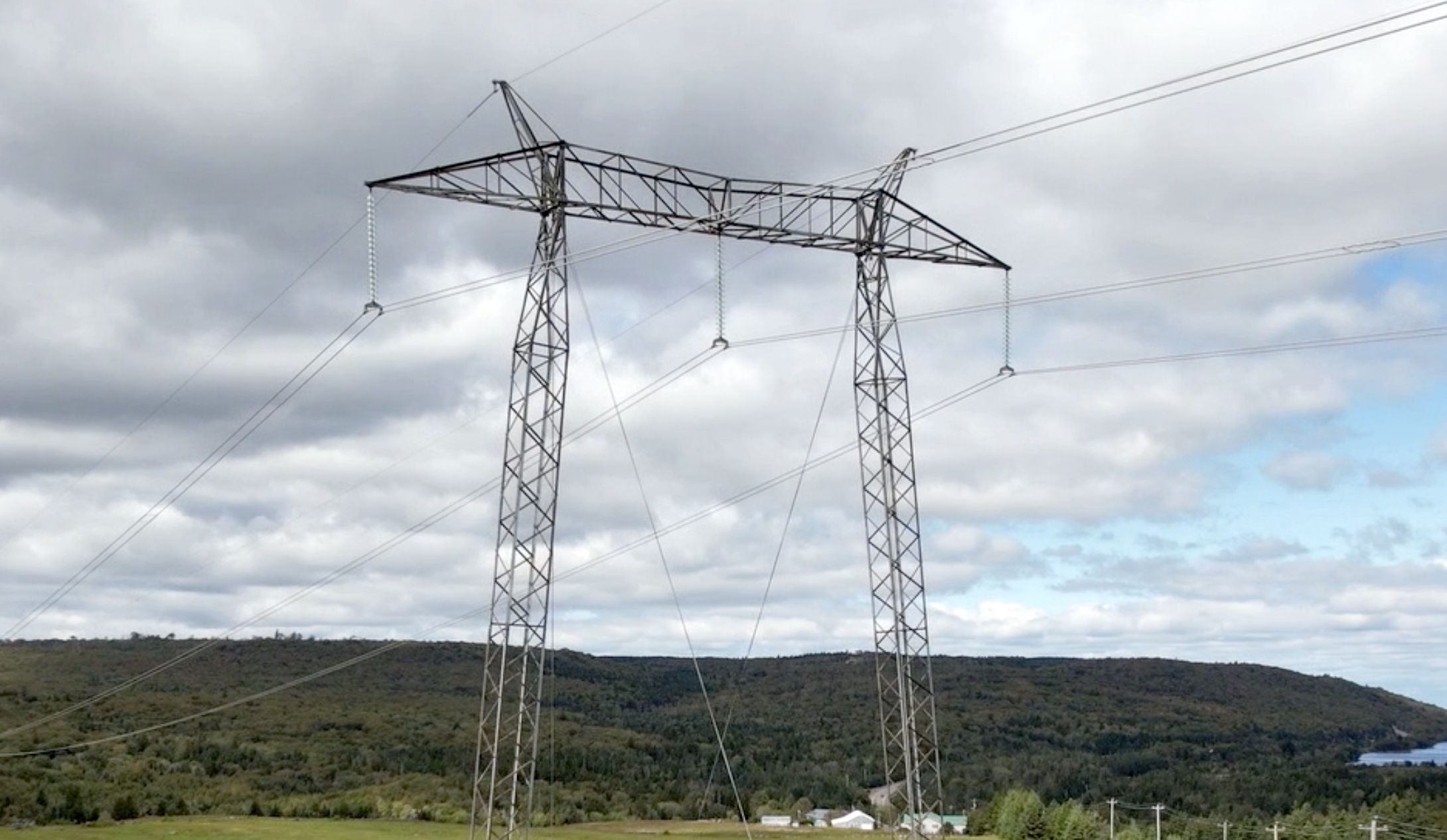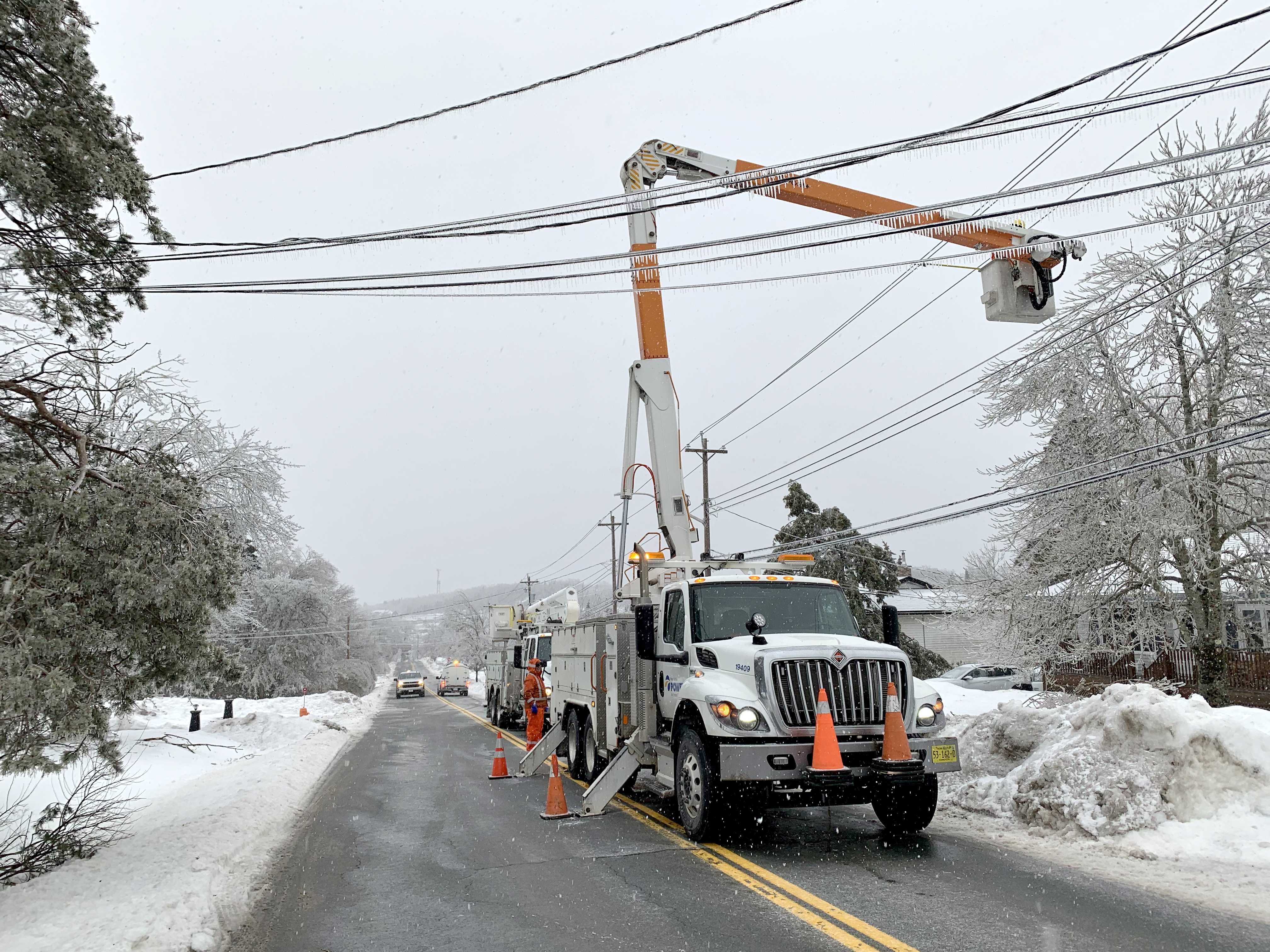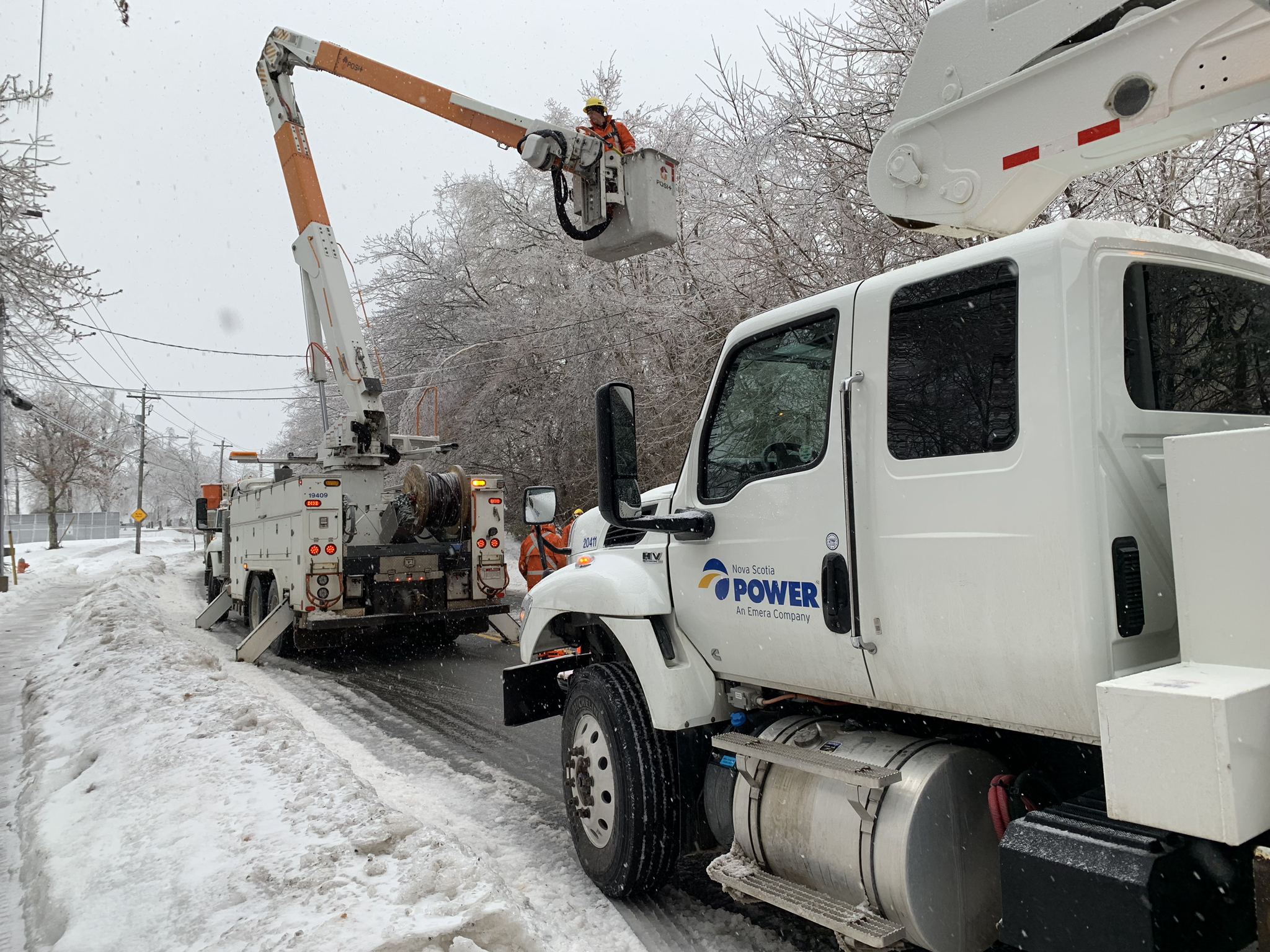You Asked, We Answer: Supplying power during a zombie apocalypse
We answer a lot of interesting questions as part of our You Asked, We Answer series. From why power outages happen, to whether it’s possible to run Nova Scotia entirely on clean energy, we love to hear what you’re curious about when it comes to electricity. But this week’s question? You might say it had us a little spooked.
A while back, a customer asked us:
If zombies took over earth how long could you keep supplying power to survivors? Would wind mills just keep turning?
It’s an excellent question that deserves a thoughtful answer. We’re confident that we’re ready if (or when?) a zombie outbreak occurs.
Keeping our system running
Our electrical system stretches tens of thousands of kilometres across the province, supplying power to homes and businesses through power plants, wind farms and other renewable energy sources. It requires a lot of maintenance and manual control to work, but we’d be able to provide some level of service as long as we kept receiving supplies and our employees were safe from the zombie hordes. Of course, there are no guarantees. And if society were to completely crumble except for a few bands of survivors, we’d do whatever we could for as long as we could.
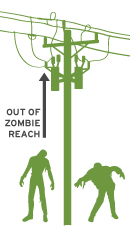
Our secure facilities provide control and shelter
Staff members in secure facilities can remotely control our power generation safely out of our control centre. They are highly trained, hard-working operators located in buildings behind high fences. If you’ve ever watched the Walking Dead, you’ll know that zombies don’t stand a chance climbing our high fences, walls or poles. So, with some of those measures in place, we feel confident that we can continue delivering power to our customers—regardless of the undead hoards trying to wreak havoc.
Also, those high-fenced facilities can become safe havens to shelter Nova Scotian survivors during a zombie outbreak. In fact, our dedicated employees will ensure survivors are taken in while keeping power running—but that’s only if survivors make it to the facility without becoming infected. Safety is our top priority now, then and forever.
When it comes to our power plants, they're secure and most could even withstand a zombie attack. And our most zombie-hardened facility is definitely Wreck Cove, a hydro plant in the Cape Breton Highlands. A good distance from any population centre, the facility is located 275 feet underground down a 620-metre access tunnel. It’s relatively isolated and would be easy to fortify.

On another note, did you know that we produce fresh water at many of our power plants? On-site water laboratories at some facilities, like Tufts Cove in Dartmouth, help us remove all contaminants from sea water and other sources. This happens before it goes into the boilers to make steam to drive turbines and generate electricity. We can certainly use some of this equipment to ensure survivors have clean drinking water.
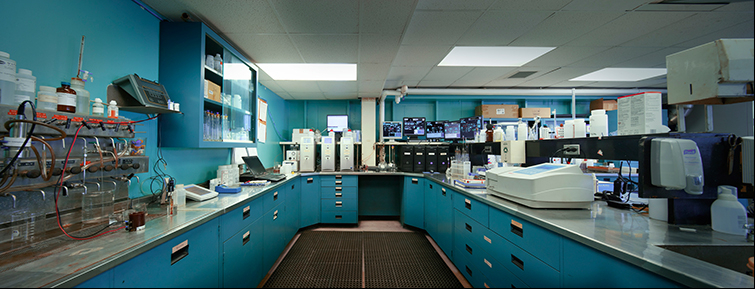
Renewable energy will continue to generate power
To answer your wind question, you're right that wind turbines would continue to operate on their own, though over time they would break down without maintenance. Wind turbines also need other equipment to get their electricity on the grid, and some of that does requires manual intervention to work.
It’s also important to note that wind is an intermittent source of energy. Because the wind doesn’t always blow, we rely on back-up energy sources—and right now strategic use of fossil fuels is providing that. The good news is, as we work to grow our use of clean energy, we’re currently exploring battery storage. Through our Smart Grid pilot program, we’re learning about how grid-scale and in-home batteries can allow us to store clean energy, like wind and solar, and bring it to the grid when we need it.
When it comes to coal and natural gas, a complete breakdown of the supply chain and society, as we know it, would raise a lot of questions about ensuring an adequate supply of fuels. It’s an unexpected benefit of our transition to clean energy—as we work towards 80 per cent renewable energy by 2030, we’ll have a greater chance of still being able to make and deliver electricity during and after a zombie apocalypse.
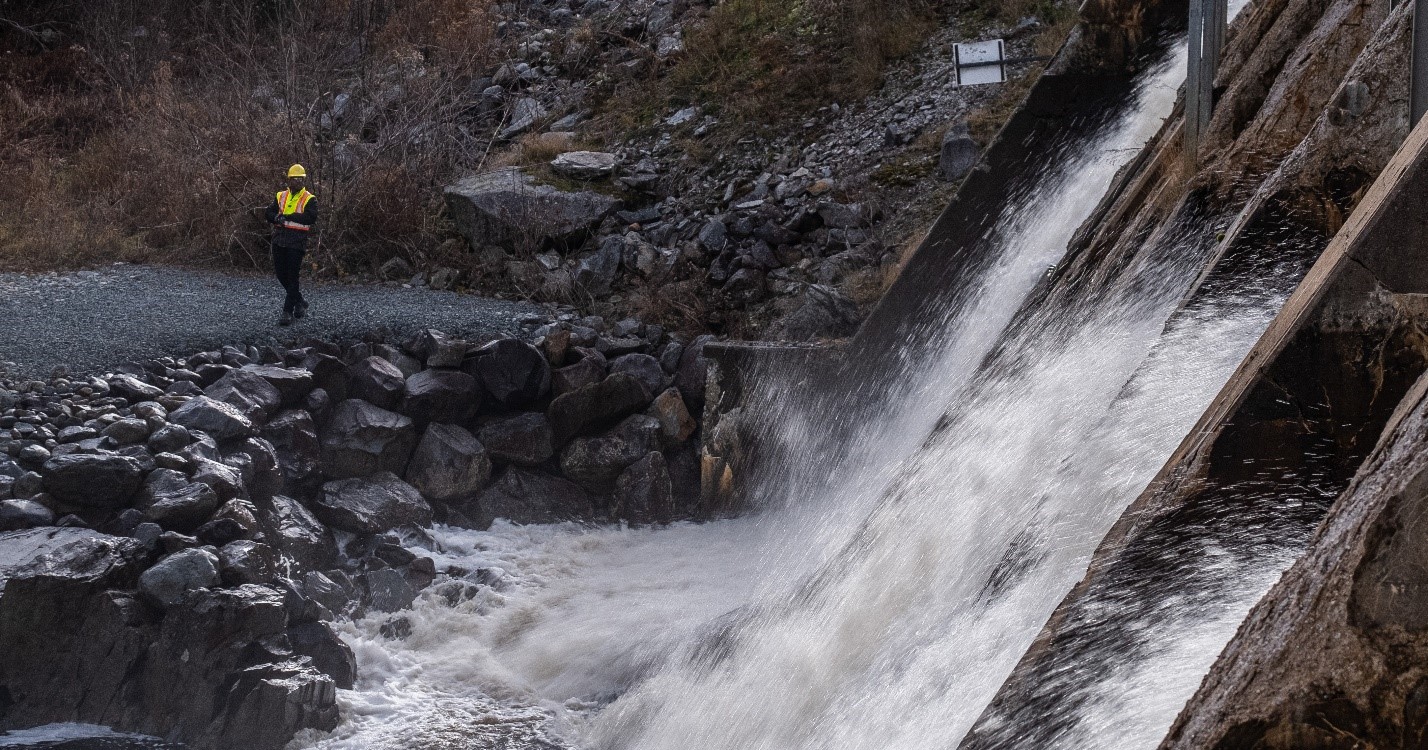
Whether or not a zombie outbreak is in our future, we hope we’ve provided some reassurance. The one thing we know for sure? No matter what happens, we’ll continue to do everything we can to power our communities, every day.
Share This Post:
